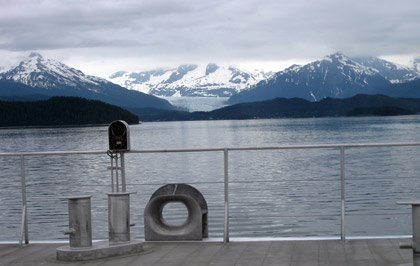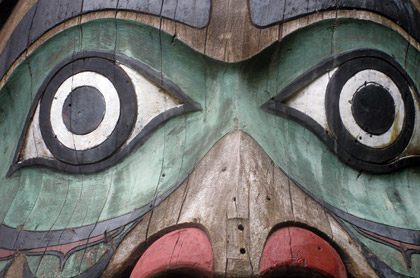No matter how high gas prices go beer is still more expensive.
Just a fact. Not a statement whether that should be considered good or bad, but a reminder the bumper sticker we saw last week claiming “Beer, now cheaper than gas” remains incorrect.
Sunday morning, in the northeast reaches of British Columbia where a village with 79 residents merits a good-size dot on the map, we saw diesel for $1.80.* That works out to more than $6.80 a gallon.
We didn’t fill up there. When we stopped a little farther down the road to take on enough gas at $1.66 to get us to a more populated region where gas was $1.43 I noticed you could buy a six-pack of Budweiser for $13.25 including tax. That works out to more than $6 per liter. (Pretty much an aside: the average six-pack from Yukon Brewing costs $13 at the brewery door in Whitehorse.)
There is a part of the beer/gas comparison that might save you a few pennies. Slower consumption boosts mileage. Five weeks into this adventure we’ve passed 14 vehicles on the open road, and although I’m not sure how much gas we’ve saved (maybe four percent, perhaps twice that — if you have documented information please share it) by puttering along between 40 and 55 m.p.h. I know that’s also been easier to spot bears, sheep and other critters (even a lynx) we might have sped by.
And at the end of the day a single bottle of flavorful beer probably goes a lot further than two bottles of mass-produced beer. I typed probably because I haven’t conducted this actual experiment, nor do I intend to.
*Rather than listing prices to the tenth — such as one dollar, 79 and nine-tenths — prices are rounded.
Composed Monday at the Charlie Lake Provincial Park a bit north and west of Dawson Creek, B.C., the official southern end of the Alaska Highway. Posted Wednesday from Spruce Grove, Alberta, where diesel is $1.29 per liter.

